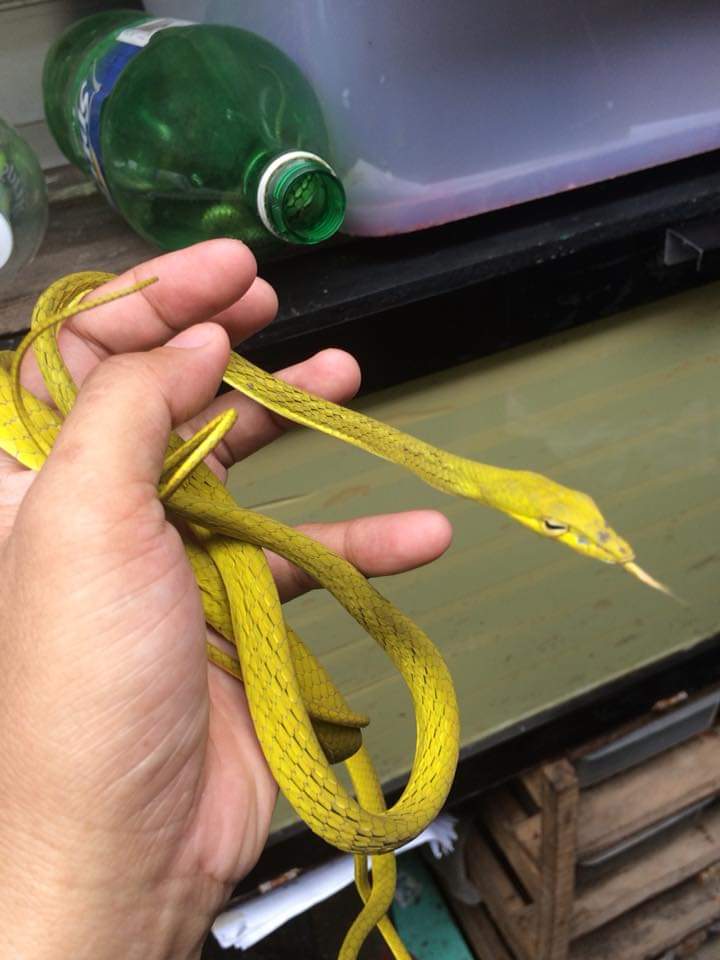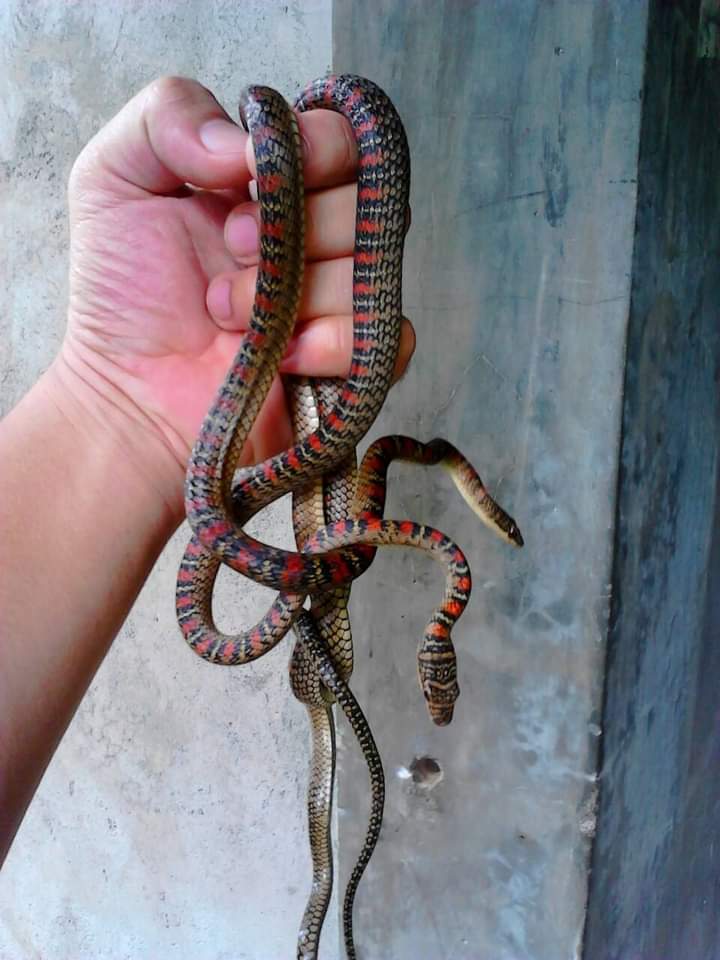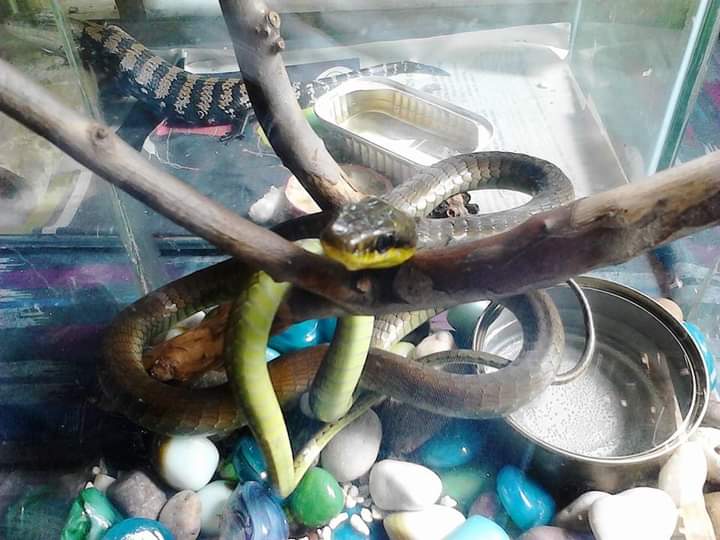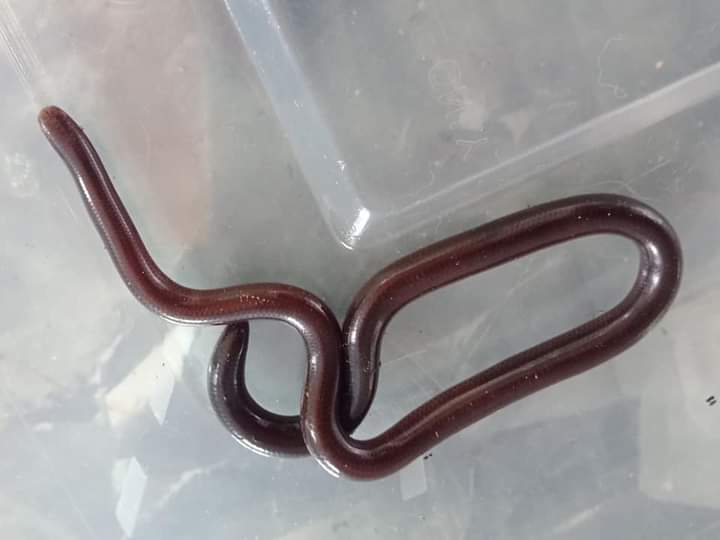SNAKEBITES ARE COMMON YET NEGLECTED
Written by Henrylito D. Tacio
Photos by Clyde Marion A. Vallejo
While dengue fever, measles, polio, diphtheria and other infectious diseases are hogging the headlines from time to time, there is one disease that is not even mentioned nor given attention although it is existing: snakebites.
“Snakebite is one of the neglected tropical diseases,” says Dr. Patrick Joseph G. Tiglao, board of director and secretary general of Philippine College of Emergency Medicine, Inc. “In the Philippines, the problem seems not to exist because of lack of awareness and lack of formal data.”

The Philippine Statistics Authority states there are about 300 documented deaths annually from snakebites. “(The figure) does not include those undocumented and improperly documented ones,” Dr. Tiglao laments. “Snakebite incidents alone may reach to thousands if data are gathered throughout the Philippines. It’s just the tip of the iceberg.”
One reason why the total figure is hard to come by is that most of those who die from it are from rural areas where reporting is almost nil. “Mainly because snakebites are happening in the outskirts, in the community where most of the patients would rather go to the traditional healers than consult with physicians,” Dr. Tiglao says.
“It is also bothersome to note that this is a disease of the poor,” he continues. “Those inflicted are farmers and mountain inhabitants who do not have access to immediate medical care. That’s the reason why it is not properly documented and underreported. It is not even part of the reportable cases. With lack of data or documentation, presto, the disease does not exist.”
According to Dr. Tiglao, snakebites occur mostly in rural areas as it is an occupational disease. “It affects mostly people from the farming industry,” he says, adding that there are also fishermen who are bitten by sea snakes.
Science Daily reported that the number of people who die of snakebites is “comparable to that of AIDS in some developing countries.”

The Geneva-based World Health Organization (WHO) reports that about 3 million people are bitten by poisonous snakes each year, with an estimated 81,000 to 138,000 deaths. There are also 400,000 survivors but most of them suffer from permanent disabilities and other aftereffects.
There are over 2,900 species of snakes and they can be found on every continent except Antarctica. The colloquial term “poisonous snake” is generally an incorrect label for snakes; the right term is “venomous snake.” A poison is inhaled or ingested, whereas venom is injected into its victim via fangs.
“Snakes that inject venom use modified salivary glands,” the WebMd.com explains. “Venom is a modified form of saliva and probably evolved to aid in chemical digestion. Varying degrees of toxicity also make it useful in killing prey.
“During envenomation (the bite that injects venom or poison), the venom passes from the venom gland through a duct into it’s the snake’s fangs, and finally into its prey,” the website adds.

Snake venom, the World Health Organization says, can “cause paralysis that stops breathing, bleeding disorders that can lead to fatal hemorrhage, irreversible kidney failure and tissue damage that can cause permanent disability and limb loss.”
“Filipinos must be aware that snakebites are preventable,” says Dr. Tiglao, a member of the Remote Envenomation Consultancy Services (RECS), which do volunteer consultations for those inflicted with snakebites. “It is also curable when properly managed.”
In an exclusive interview, Dr. Tiglao shares the following first aid measures to prevent further harm:
· Reassure the patient to keep calm and avoid panicking.
· Immobilize the extremity or part bitten.

· Get to the appropriate hospital immediately.
· Tell the doctor the details pertaining to the bite (events prior being bitten, symptoms, first aid done, location of the bite, snake characteristics or picture of the snake).
“Filipinos should be aware that we have three species of cobra and all are being treated with one antivenom,” Dr. Tiglao says. “The antivenoms are limited to specific hospitals, mostly government institutions. For other species of snakes, we do not have antivenom for them. So, if you are bitten by a pit viper, no antivenom is available in the country.”
The Philippines is home to some of the world’s deadliest snakes. Venomous snakes are classified into four categories: cobras, pit vipers, coral snakes, and sea snakes.

